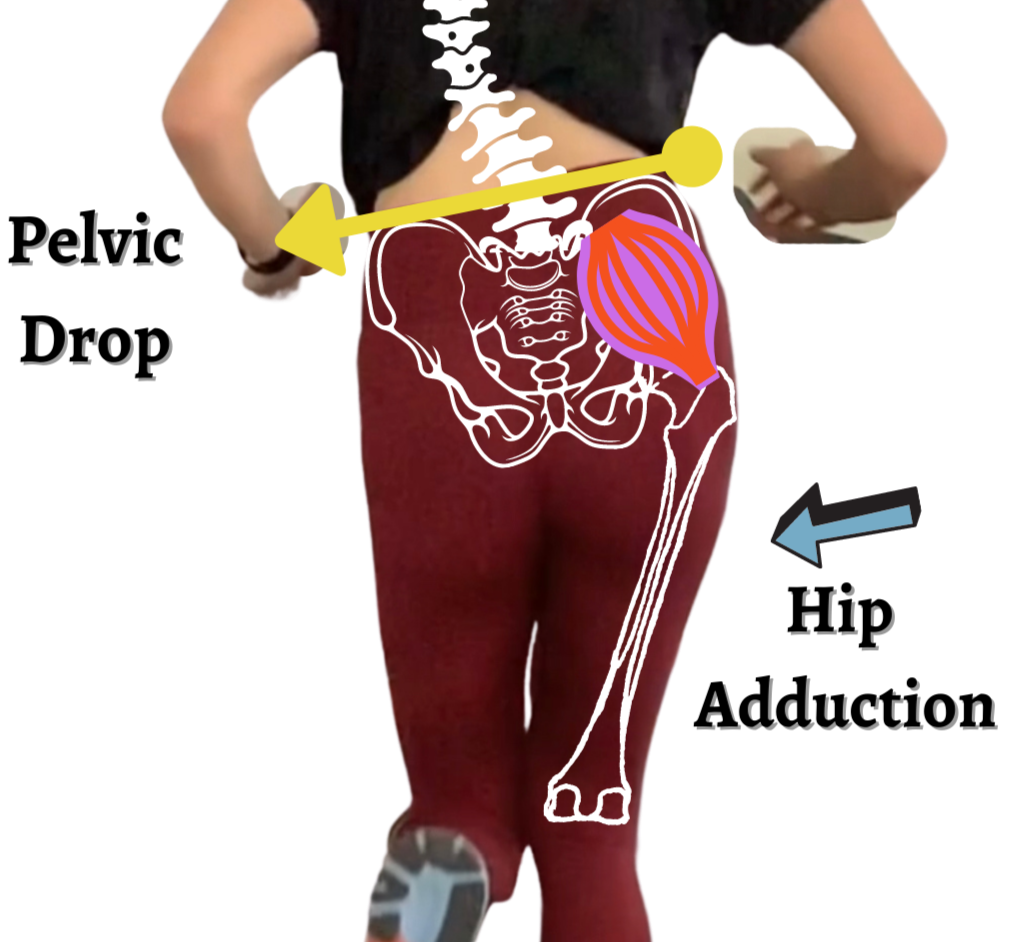Running Injury Spotlight: Plantar Fasciitis
One of runners biggest dreads👀. A plantar fasciitis diagnosis is often slapped upon any pain occurring in the arch of the foot and there's a painful amount of "5 steps to fix your plantar fasciitis" posts out there (🚨spoiler alert: it's not that simple and not that generic)
Unfortunately, pain in the bottom of the foot isn't always plantar fasciitis and the solution to the problem is definitely not as simple as roll your foot on a frozen water bottle or get an orthotic. Here's a little deeper look at this common type of pain.
T H E A N A T O M Y & F U N C T I O N
Your plantar fascia runs from the inside of your heel (where pain often presents) and splays out across your foot inserting further down towards your toes and into the big toe. It serves as the mechanical linkage that supports the medial arch of your foot. Within your foot also sit 11 small intrinsic muscles which assist it actively.
S Y M P T O M S
Classically - pain at inside of the heel where the plantar fascia inserts, often made worse first thing in the AM or with loading
F A C T O R S
As with any running related injury, it's never as simple as any one thing. It's definitely not as simple as having flat arches or not being in the right shoe.
A few possible contributors:
Arch height - yes lower arches can place some strain on the plantar fascia, but so can high arches which actually have farther to fall if not supported
Foot Strength - the muscles of your foot are designed to maintain the integrity of your arch with some assist from the fascia. If they're weak, there will be more foot overpronation than is normal and thus more pulling and strain on the fascia
Calf Strength - calf feeds into the achilles which connects to the plantar fascia, so we can't ignore calf strength especially as a runner
Foot & ankle mobility - the plantar fascia connects both to the big toe and achilles which crosses the ankle. So if we are tight or restricted in motion on either or both ends, we are creating suboptimal tension conditions for the plantar fascia
Hip strength - lateral hip weakness or dysfunction can drive poor mechanics and overpronation at the foot that even a strong foot can't overcome
Movement patterns - some common mechanics and running that can be contributing:
Midfoot overpronation - keyword OVER, pronation in loading is normal, when the foot is weak or needs more support it becomes overly pronated or doesn't properly recover from this position on push off leading to strain
Excessive toe out - excessive toe out drives further overpronation and strain through the medial aspect of the foot. Sometimes it's structural and not something we want to try and change! Making it even more important to be assessed by a professional.
Increased inversion - landing at a severe angle on the outside of the foot places increased strain medially as your foot has to rapidly return to the ground over a greater distance
Hip adduction and knee collapse - it's all connected and as the hip and knee collapse they will take the foot along with them. It's important we address the whole kinetic chain.
Shoes & orthotics - it's rarely not so simple as just adding arch support or changing shoes. If you are in the complete wrong shoe then we need to make a change but it's been shown that oversimplifying shoe prescription to arch type is not super successful.
D I F F E R E N T I A L D I A G N O S E S
We always want to consider the other things your heel or arch pain can be. Because if we are treating your L5-S2 radiculopathy as a plantar fasciitis, we aren't going to get very far.
Here are some similar diagnoses that can cause pain in the same area...
It's coming from your back - L5-S1 nerve related irritation can place pain in the same spot and prevent very similarly
Be aware of bone stress - while it's not super common, your calcaneus (heel bone) can sustain bone stress injury and all the small bones throughout the foot are susceptible sites. It's important to always consult a health care provider if this is a concern.
A tendon issue - if pain is more along the inside of the arch vs the heel it could be a tendinitis of your flexor hallucis or other soft tissue
T R E A T M E N T
As you may have figured out, it is not one size fit's all for the treatment of plantar fasciitis. We have to first make an accurate diagnosis as well as assess strength, mobility and movement patterns during activity to properly treat. Often we have to strengthen the
foot in most people. Improving foot strength has been shown to reduce running related injuries despite shoe type. This means even those with supportive shoes can see benefit. You can check out a previous blog on some foot intrinsic strength exercises. We may have to restore mobility to the foot and ankle and strengthen the hips so as not to neglect the whole kinetic chain. We can make adjustments to faulty gait or other movement patterns we deem may be beneficial (and possible) as well.
Getting a proper movement and running assessment from a healthcare provider is step 1 toward figuring out what your body needs. If you've been dealing with recurring heel pain, it's time to stop relying on the click bait "5 tricks to solve your problem" and come up with a custom plan for you.








